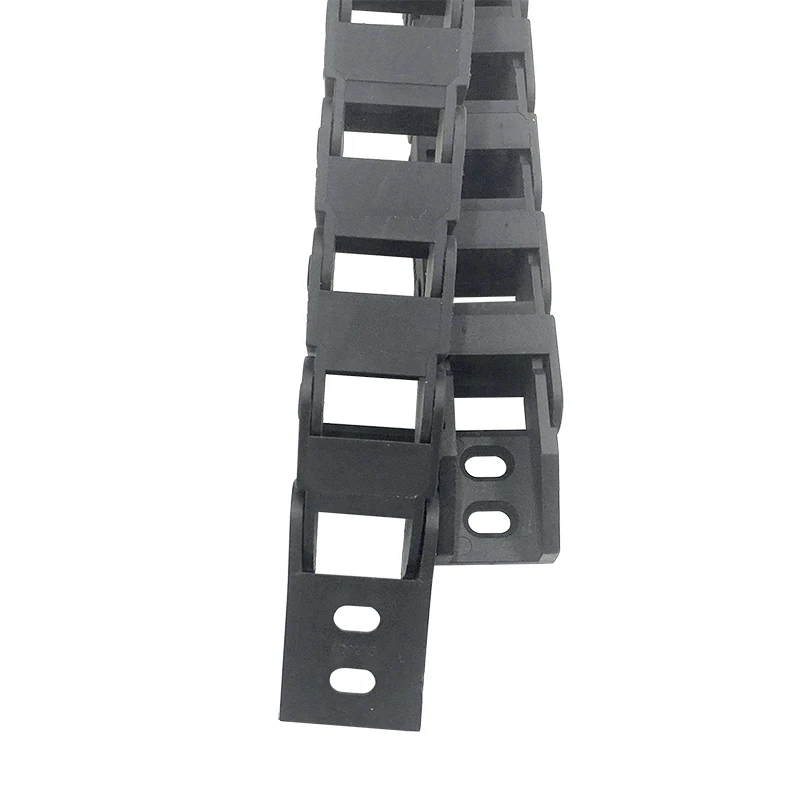synchronous belt pulley
Choosing between synchronous belts and V belts is a decision that can significantly impact machinery performance, efficiency, and operational costs. Both types of belts are widely used in various industrial applications, yet they serve distinct functions and feature unique advantages and limitations. This comprehensive analysis, rooted in real-world experience and expert insights, will help demystify the debate between synchronous belts and V belts.
Their versatility is unmatched; V belts can work in a variety of configurations and environments. They can handle misalignment better than synchronous belts, making them suitable for settings where precision is less of a priority but flexibility is required. However, in terms of efficiency, V belts usually operate at about 93-95%, making them slightly less efficient than their synchronous counterparts. Moreover, they tend to experience slippage and stretching over time, necessitating regular maintenance and tension adjustments to ensure optimal performance. Making the Right Choice The decision between synchronous belts and V belts should be driven by the specific operational needs and constraints of your machinery. Here are some insights based on industry experience 1. Application Requirement Determine the necessity for precision. Synchronous belts are the right choice for applications that demand precise timing, while V belts are ideal for more general purposes. 2. Budget Considerations If the initial cost is a primary concern, V belts offer a more economical solution, despite the potential for higher ongoing maintenance costs. 3. Durability and Maintenance Consider the long-term maintenance capabilities. Synchronous belts often outlast V belts due to their resistance to wear and consistent performance without frequent adjustments. 4. Environmental Factors Evaluate the working conditions. Synchronous belts perform well in controlled environments, whereas V belts are adaptable to more rugged, varied settings. Harnessing the strengths of each belt type can lead to optimized machinery performance, which is essential for improving operational efficiency and reducing costs. Ultimately, choosing the appropriate belt requires a balance of performance needs, cost considerations, and environmental suitability. Each belt type carries the potential for significant benefits when matched to the right application, ensuring machinery not only operates efficiently but also sustains long-term reliability.


Their versatility is unmatched; V belts can work in a variety of configurations and environments. They can handle misalignment better than synchronous belts, making them suitable for settings where precision is less of a priority but flexibility is required. However, in terms of efficiency, V belts usually operate at about 93-95%, making them slightly less efficient than their synchronous counterparts. Moreover, they tend to experience slippage and stretching over time, necessitating regular maintenance and tension adjustments to ensure optimal performance. Making the Right Choice The decision between synchronous belts and V belts should be driven by the specific operational needs and constraints of your machinery. Here are some insights based on industry experience 1. Application Requirement Determine the necessity for precision. Synchronous belts are the right choice for applications that demand precise timing, while V belts are ideal for more general purposes. 2. Budget Considerations If the initial cost is a primary concern, V belts offer a more economical solution, despite the potential for higher ongoing maintenance costs. 3. Durability and Maintenance Consider the long-term maintenance capabilities. Synchronous belts often outlast V belts due to their resistance to wear and consistent performance without frequent adjustments. 4. Environmental Factors Evaluate the working conditions. Synchronous belts perform well in controlled environments, whereas V belts are adaptable to more rugged, varied settings. Harnessing the strengths of each belt type can lead to optimized machinery performance, which is essential for improving operational efficiency and reducing costs. Ultimately, choosing the appropriate belt requires a balance of performance needs, cost considerations, and environmental suitability. Each belt type carries the potential for significant benefits when matched to the right application, ensuring machinery not only operates efficiently but also sustains long-term reliability.








